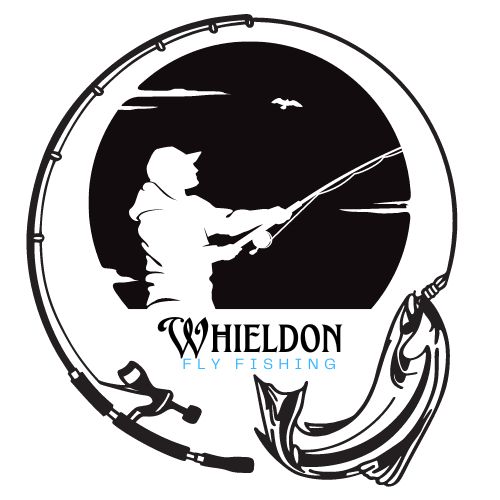One of the most valuable abilities in fly fishing is the ability to sense the water. The difference between a productive day on the water and a frustrating one can be narrowed down to one thing: your knowledge of where fish are likely to be located. Here, we’ll go over some of the most important things to keep an eye out for and how to put that information to good use when perusing the water.
Depth
Reading the water’s level is an important first step. Places with deeper water are more apt to have fish. This is due to the fact that being in deeper water makes one safer from predators. Check out spots where the water depth abruptly changes, like at the end of a channel or where a river flows into a deeper pool. Drop-offs are regions with a sudden change in elevation, and they can be productive fishing spots.
Current
The direction of the stream is yet another consideration for accurate water readings. To preserve energy, fish prefer swimming in areas with a slower current. Look for eddies and pockets of slower water where the current has been disrupted by rocks or other obstacles. Fishing opportunities may exist in these regions.

Structure
When interpreting the water’s depth, structure is also crucial. Around rocks, logs, and weed areas are prime locations to catch fish. The fish are protected by these structures, and the insects and other prey they draw make for a healthy diet. Find places where the bottom structure changes, like a rocky point or a plank that has sunk to the water’s surface. Fishing may be especially productive here.
Temperature
When interpreting water conditions, temperature is another crucial consideration. It’s essential to know what you’re fishing for and what temperature range they prefer. In general, fish may be more drawn to cooler water because of the higher concentrations of oxygen it typically contains. Try to find a spot where the water temperature is slightly lower, like next to a stream or under a tree.
Weather
The location of fish can also be influenced by the weather. Rainy or cloudy days tend to bring out the most activity and feeding behavior in fish. In addition, they might seek shelter in shallower water. Conversely, fish may swim deeper in search of cooler temps when the weather is particularly warm.
Making Use of What You Know

Once you’ve mastered water reading and know where fish are most likely to be found, you should take benefit of that information. How to make the most of your improved abilities is discussed below: circumstances, the species of fish you reeled in, and the methods you employed.
Conclusion
It takes time and experience to learn how to read the water, but once you do, you’ll be well on your way to becoming a skilled fly fisherman. You can improve your odds of catching fish and have a more enjoyable time on the water if you know what factors affect where fish are likely to be found. Just keep at it, pay attention, and don’t be afraid to branch out and attempt something new. After some time out on the water and some practice, you’ll be able to sense the water like a pro and pull in some impressive catches.
